tribal dance
Kommu Koya Dance, andhra pradesh
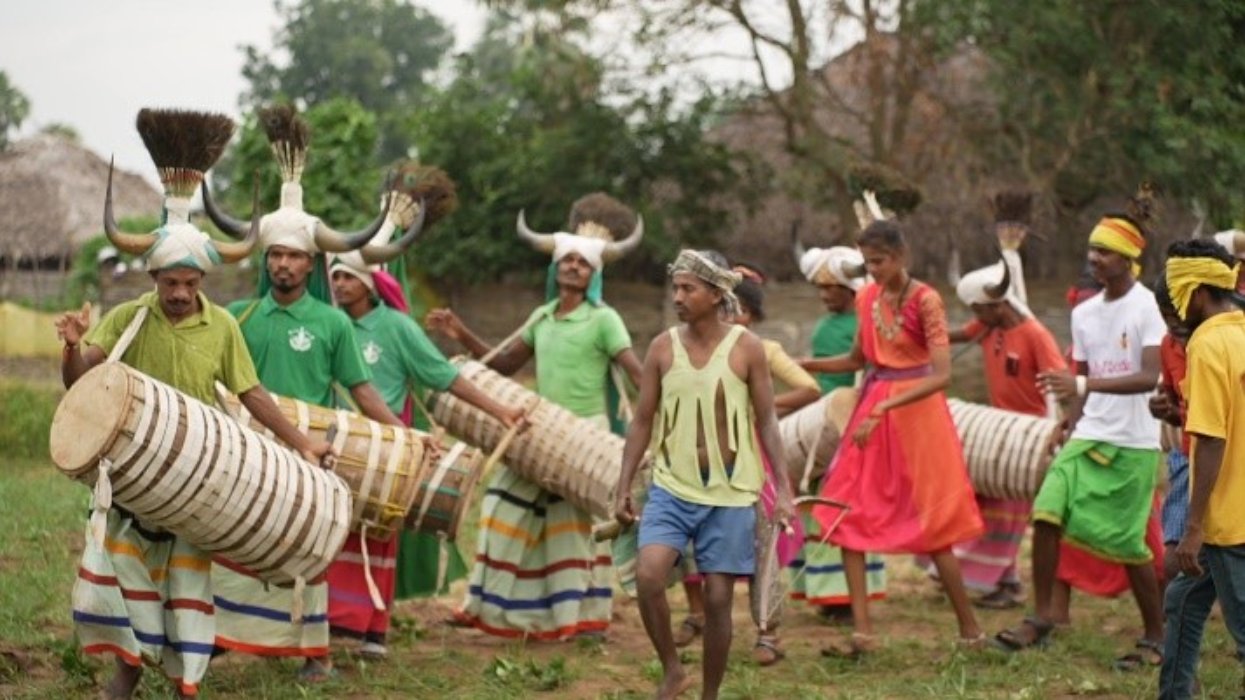
Koyas are an important native tribe in southern India, concentrated mainly in Andhra Pradesh and Telangana, Odisha, Chhattisgarh, and Karnataka. Their genesis is largely folkloric. Kommu Koya dance is a colorful manifestation of their culture, executed by groups of no less than 24 dancers, with equal numbers of men and women. With ten different shapes, the dance imitates peacocks and bison, with long drums (dolu) and old songs such as "Rela Rela." It is danced during festivals and harvest festivals as a thanksgiving to the village god.
The Koya tribe is an aboriginal people confined mostly to the hilly tracts of southern India (mostly around Eluru, East Godavari, and ASR districts of Andhra Pradesh). Their history is rich with folklore and traditions passed down through generations to now. The Koyas are well endowed in cultural terms; one sees the first manifestation through their colorful dances, music, and crafts. They have modernized but managed to uphold their traditions and social structure; they celebrate festivals that depict their bonding with the soil and the community. Such traditions help themThe Koya tribe is an aboriginal people confined mostly to the hilly tracts of southern India (mostly around Eluru, East Godavari, and ASR districts of Andhra Pradesh). Their history is rich with folklore and traditions passed down through generations to now. The Koyas are well endowed in cultural terms; one sees the first manifestation through their colorful dances, music, and crafts. They have modernized but managed to uphold their traditions and social structure; they celebrate festivals that depict their bonding with the soil and the community. Such traditions help them uphold their identity and the cultural lore of the Koyas. uphold their identity and the cultural lore of the Koyas.
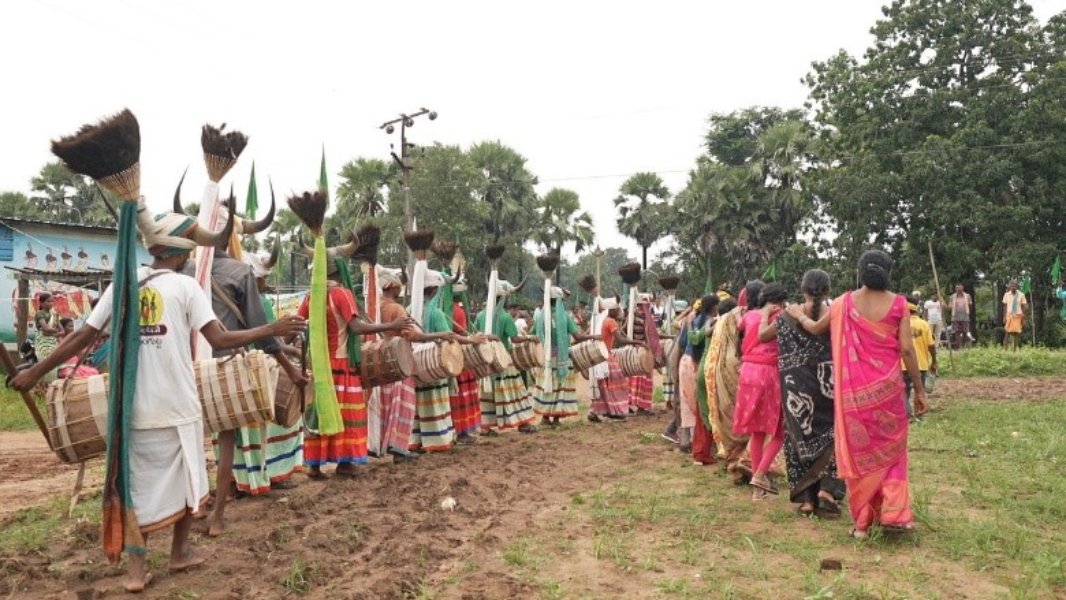
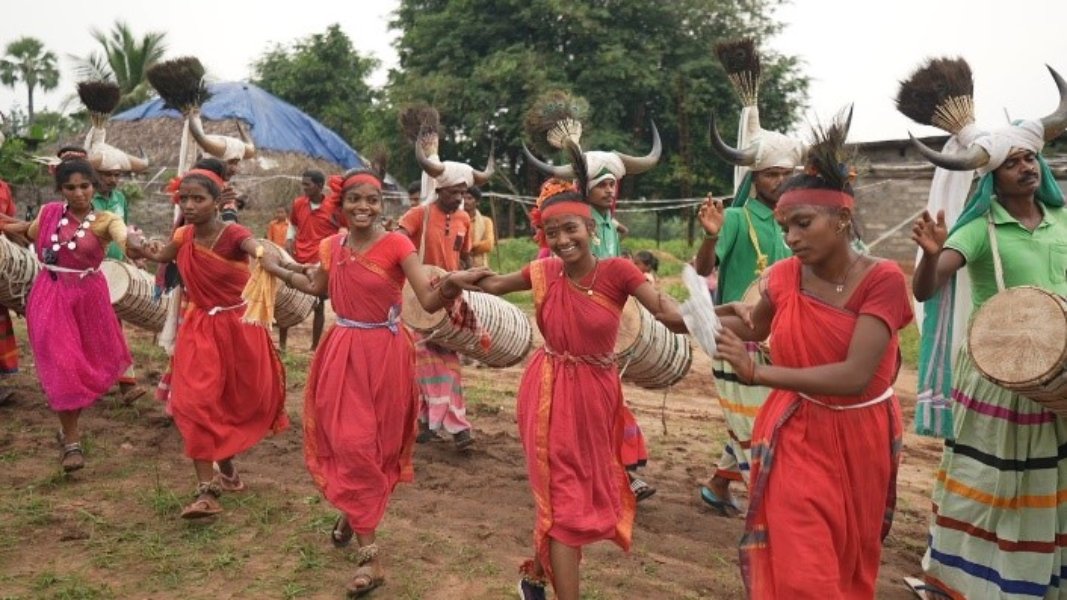
Men were found wearing turbans, dhotis, and towels in the Koya tribe, while women were attired with a bright red saree and a blouse. Nose, rings, earrings, and bronze anklets form their necklace, accompanied by ankle bells. Women tie their hair into traditional knots or "koppu" and adorn it with feathers and forest flowers, besides colorful beads and bangles. Kurtas or pyjams are worn, and helmets made with bison horn are decorated with peacock feathers. In dances, they play the dolu and create rhythmic sounds with a musari horn.
The Kommu Koya Dance music includes traditional instruments that make the performance rich. The men play the long dolu and hold it around their necks, hitting it with one hand and using another stick known as "Chira" with the other hand. A fascinating highlight is the musari bison horn, which a dancer blows throughout the performance, giving it a unique sound. Moreover, anklets (gajjelu) worn by women make rhythmic sounds, infusing the dance with an appealing atmosphere and highlighting the rich cultural tradition of the Koya tribe.
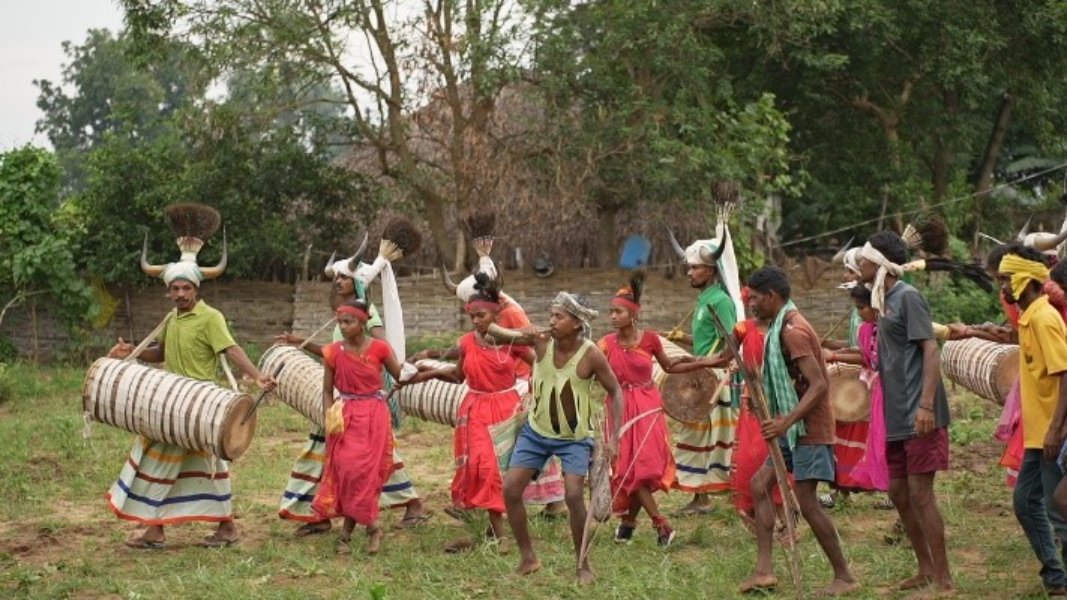
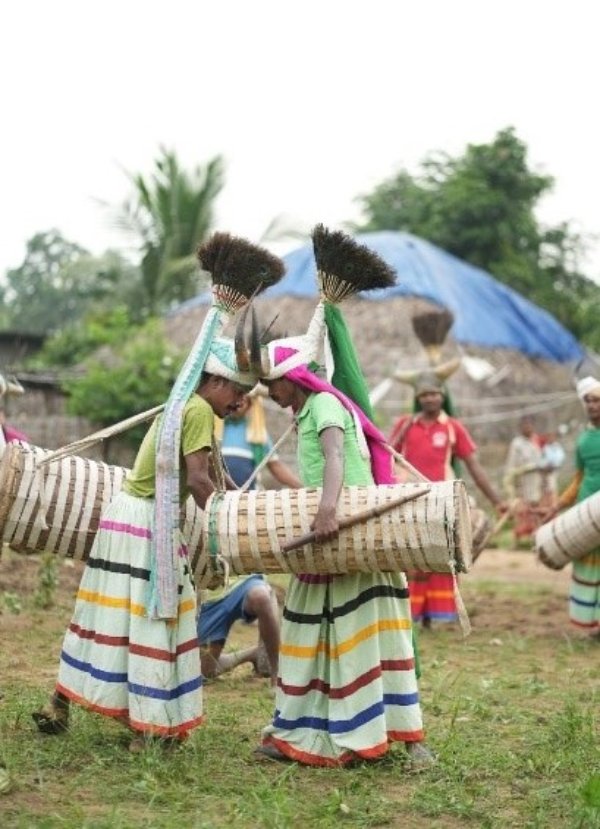
The Kommu Koya Dance has key instruments that bring its vibrant energy. The traditional drum called the long dolu is carried by the men and is beaten by them with one hand while a stick called "Chira" is used for beat patterns. The musari bison horn, which is blown by an artist, provides a unique melodic sound to the dance. Women also wear anklets (gajjelu) that create rhythmic noises, adding a richness to the performance. These instruments as a whole mirror the rich cultural heritage of the Koya tribe and add to the vibrant mood of the dance.


